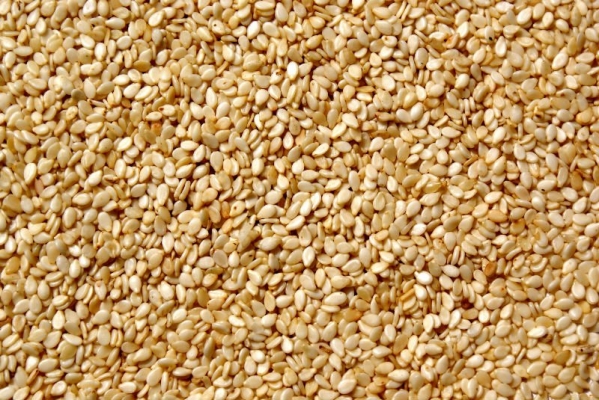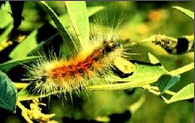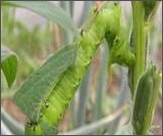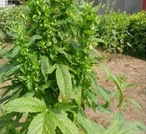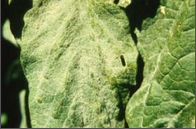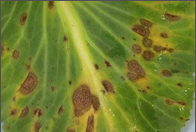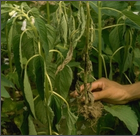T 4: It gives an average yield of 2-2.5qtl/acre of seeds. The variety matures in 84-100 days. The plant attains the height of 150cm, seeds are medium in size (2.76gm per 1000 seeds) and the seeds contain 50% oil content. It is suitable for sowing in alluvial soil.
T 12: It gives an average yield of 2qtl/acre of seeds. The variety matures in 85-90 days. The plant attains the height of 140cm, white color seeds which contains 53% oil content and is suitable for sowing in mid and west areas.
Ekanki white: It gives an average yield of 2qtl/acre of seeds. The variety matures in 85-90 days. The seeds contain 50% oil content.
Krishna: It gives an average yield of 3qtl/acre of seeds. The variety matures in 85-100 days. Black seeds which contain 47% oil content.
N 32: It gives an average yield of 3qtl/acre of seeds. The variety matures in 95-100 days. It has shining white seeds which contain 50% oil content. It is suitable for sowing both in kharif and rabi season.
JT 7: It gives an average yield of 1.3qtl/acre of seeds. The variety matures in 85 days. It has shining white seeds which contain 54% oil content.
Tapi: It gives an average yield of 3qtl/acre of seeds. The variety matures in 78-82 days. It has white color seeds and the variety is tolerant to alternaria and powdery mildew.
Gujarat sesame 1: It gives an average yield of 2.2qtl/acre of seeds. The variety matures in 85-90 days. It has light brown color seeds which contain 51% oil content.
Gujarat sesame 2: It gives an average yield of 2.9-3.3qtl/acre of seeds. The variety matures in 85-90 days. It has white seeds which contain 50% oil content. It bears pink color flowers.
Punjab Sesame 1: It gives an average yield of 2qtl/acre of seeds. The variety matures in 82-85 days. It has white color seeds.
TC 289: It gives an average yield of 2.9qtl/acre of seeds. The variety matures in 98 days. It has big sized grains which contains 51.6% oil content.
Haryana Sesame 1: It gives an average yield of 2qtl/acre of seeds. The variety matures in 85 days. It has white color seeds which contain 50% oil content.

